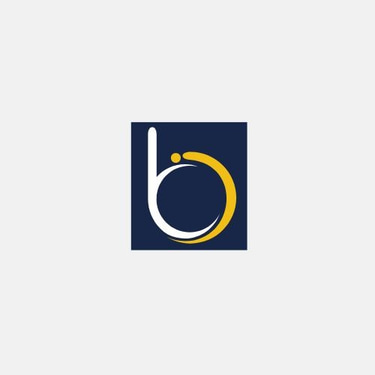One Spark, Many Losses: What does the latest Fire in MCC plant in Hyderabad Teaches Us About Plant Safety, Layout & Insurance
GREYZONE
7/1/20252 min read
What happens when something as ordinary as a dryer overheats, or a little dust gets left behind?
That’s all it might have taken to set off one of India’s deadliest industrial accidents in recent years — the tragic fire at one of the Pharma Industries’ MCC plant in Hyderabad.
Now we don’t have the official forensic report yet. But what we do know is this: the explosion didn’t happen in some high-risk chemical reactor. It happened during MCC (Microcrystalline Cellulose) manufacturing — something that, on paper, isn’t considered “high hazard.” And yet, more than 40 lives were lost, several injured and huge loss to the property.
So let’s talk about what really happened, what might have gone wrong — and what we, as plant managers, insurers, safety officers, and business leaders — need to take from this.
A Spark in the Dryer, Fire in the Boiler, Chaos in the Transformer Room
Reports suggest the fire may have started from a dryer unit — potentially choked by dust or poorly ventilated. That small fault likely triggered a chain reaction:
Overheating and pressure buildup
Explosion of the dryer or surrounding vessel
Secondary blast in the steam boiler
Transformer oil ignition — adding fuel to the disaster
Suddenly, what began as a maintenance issue became a multi-point inferno.
Is Your Plant Designed to Contain the Worst?
Let me raise a few questions — not just for Pharma Industries, but for all of us:
Are your dryers, boilers, and transformers spaced apart with proper zoning?
Do you have interlocks that kill heat supply if air flow is blocked?
Are explosion vents and temperature cutoffs working — and tested?
When was the last time you checked dust load in ducting or MCC dryers?
Too many plants have everything packed into a single block — to save space, cut wiring, or just out of habit. But proximity is what turns accidents into disasters.
What About the Workers Who lost their lives/ injured?
And let’s not forget the people.
Were those workers trained to respond to a fire?
Were evacuation routes marked and drills conducted?
Did they have PPE for heat and smoke?
We often talk about “compliance,” but forget that safety isn’t just paperwork — it’s lived reality for the people on the floor.
This tragedy forces us to ask:
Will their families receive compensation?
Was there Workers' Compensation and ESI coverage in place?
What mental health or survivor support exists for those who lived through it?
Would Your Insurance Policy Stand Up in This Scenario?
If you’re in insurance, here’s what you should be asking before the claim:
Does your policy specifically describe all your manufacturing activities, or just the ones you had when you bought it?
Is your Sum Insured realistic for the true value of your plant, stock, and machinery?
If your MCC process now includes heat-based drying, was that ever disclosed to the insurer?
Are your utility layouts and chemical uses reflected in your risk inspection report, or are they just assumed?
If this exact incident happened at your facility, would your claim be payable — or disputed on technical grounds?
It’s not just about having a fire policy. It’s about having the right fire policy, worded for what you actually do.
Final Thought: Big Accidents Don’t Start Big
They start with:
Dust not cleaned
Alarms not tested
Utilities too close
People not trained
And when something blows, it’s not just metal and concrete that burns — it’s lives, reputations, and trust.
Let’s not wait for another acident to happen. Let’s take this as a wake-up call. Audit your layout. Train your people. Review your coverage. Fix what’s been postponed.
Because small risks ignored become big disasters remembered.
📬 Have Questions?
If this article raised questions about your plant layout, policy wording, or fire safety readiness — or you simply want a second opinion — feel free to reach out.
📩 theinsurancebulletin@gmail.com
We’re here to help, advise, and learn together.
